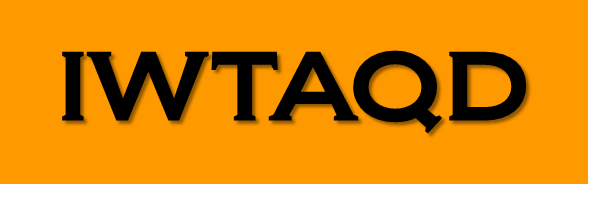| Oleg I.
Tolstikhin |
MIPT
|
Adiabatic Theory, Tunneling
ionization
|
Jun 19 - Jul 7, 2017
|
| Chiennan
Liu |
Fu-jen catholic U |
He dynamics under FEL |
Jun 28 - Jul 11, 2017
|
| Akiyoshi
Hishikawa |
Nagoya U |
FEL, Molecular dynamics
|
Jun 28-29, 2017
|
Cheng
Huang
|
Sauthwest U, China
|
Molecular Dissociation
|
|
| Trinh
Hoai Vinh |
RIKEN |
Attosecond dynamics,
Tunneling ionization
|
Jun 29, 2017
|
Hirokazu Hasegawa
|
U oof Tokyo
|
Molacular orientation
|
Jun 29, 2017 |
|
|
|
|
Kohji Abe
|
UEC |
Raman, high-rep exp
|
Jun 19 - Jul 11, 2017 |
Masayuki Katsuragawa
|
UEC |
Raman, high-rep exp
|
Jun 19 - Jul 11, 2017 |
|
|
|
|
|
|
|
|
Michio Matsuzawa
|
UEC
|
|
Jun 29, 2017
|
Shinichi Watanabe
|
UEC |
Many body physics |
Jun 19 - Jul 11, 2017 |
| Toru Morishita |
UEC
|
Chair
|
Jun 19 - Jul 10, 2017 |
Shun Ohgoda
|
UEC
|
TDSE/Static Field Induced States
|
Jun 19 - Jul 11, 2017 |
| Hirokazu Matsui |
UEC |
Siegert states |
Jun 19 - Jul 11, 2017 |
Jargalsaikhan Amgalan
|
UEC |
Intense laser physics
|
Jun 19 - Jul 11, 2017 |
Hisashi Ishinoda
|
UEC |
Intense laser physics |
Jun 19 - Jul 11, 2017 |
Yushiro Suzuki
|
UEC |
Intense laser physics |
Jun 19 - Jul 11, 2017 |
Keisuke Kuwabara
|
UEC |
Many body physics
|
Jun 19 - Jul 11, 2017 |
Takahiro Hosaka
|
UEC |
Many body physics |
Jun 19 - Jul 11, 2017 |
Chihiro Tokuda
|
UEC |
Many body physics |
Jun 19 - Jul 11, 2017 |
|
|
|
|





